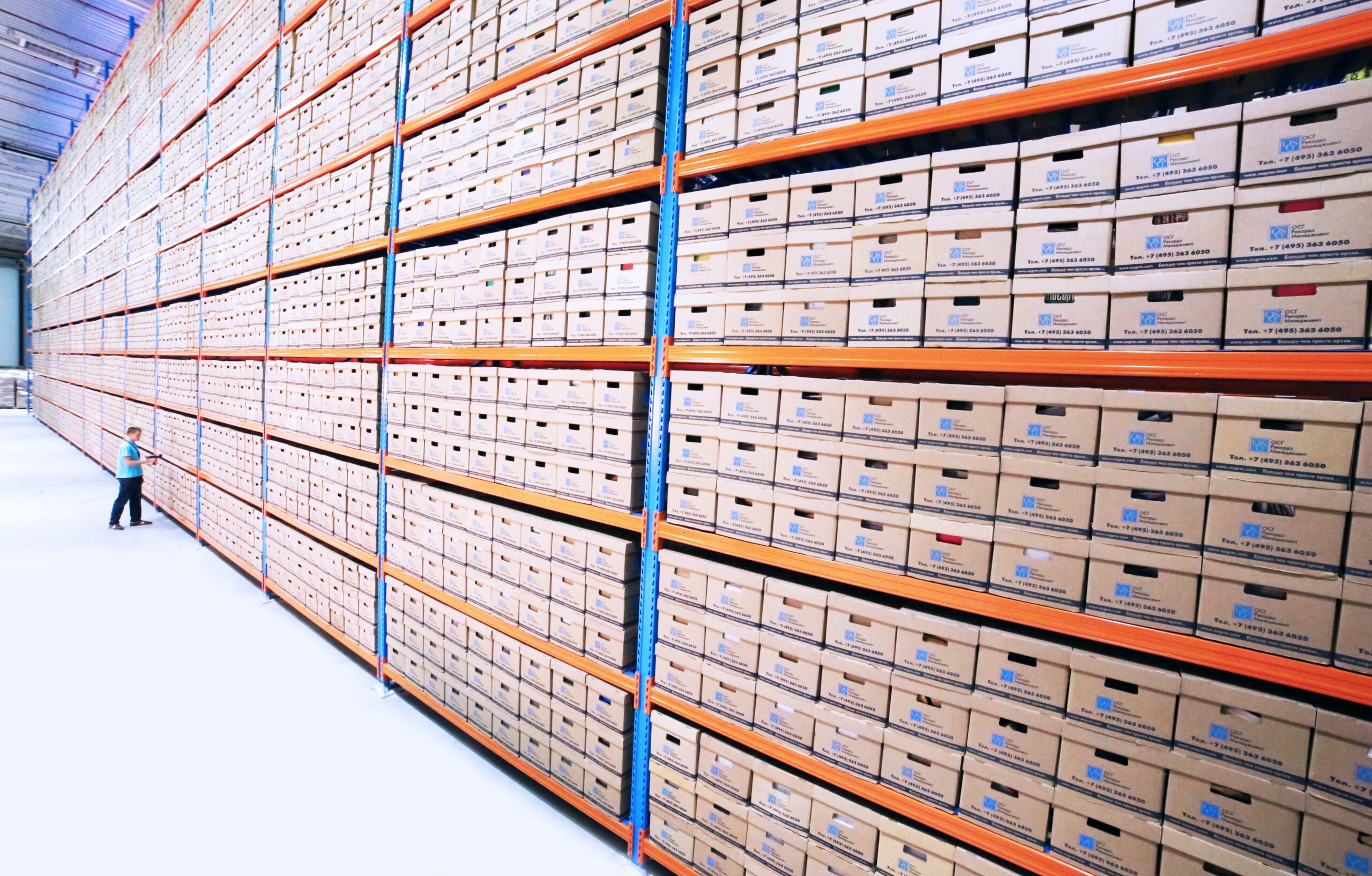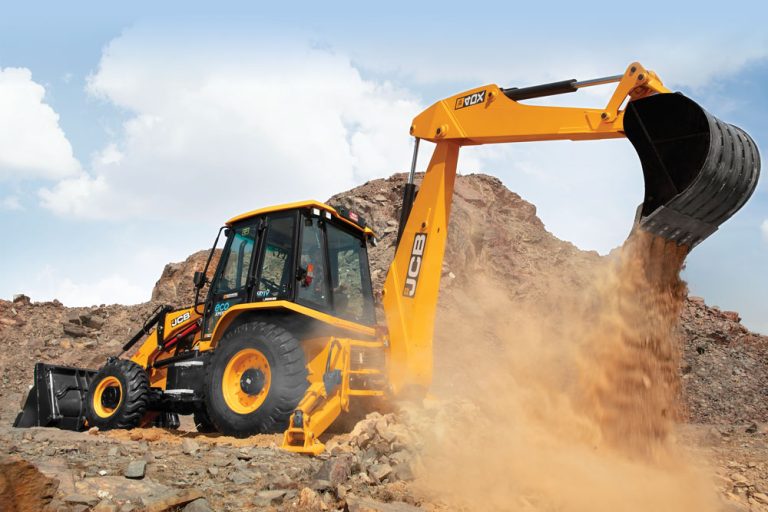Automation in a Warehouse: Everything You Need to Know
Are you constantly looking for ways to upgrade the processes in your warehouse? Casting about for solutions that could take your facility to the next level? Then you probably already introduced some automation. But, do you know how far it can get you, and how far it can reach? If not, read this article – we will describe automation in warehouses in detail here.
The two sides of automation in a warehouse
While generally, we would associate warehouse automation with goods handling, actually it also has a second side: decision-making. Let’s study them a bit more closely.
Goods handling automation covers the processes themselves – the way goods are transported and stored around the warehouse, from picking to packing. It is done by installing machinery responsible for transporting the items within the facility. Thanks to it, you require less physical labor and can avoid workplace injuries.
Decision-making automation, on the other hand, deals with planning, gathering data and optimizing the procedures. It is done through special software, such as the Warehouse Management System (WMS). The aim of introducing it is to make data-driven decisions without the risk of a human error.
How automated is your facility? The automation levels of a warehouse
Knowing the division between goods handling and decision-making automation, you can proceed with estimating the automation level of your warehouse. This can serve both as an evaluation and a roadmap towards a more efficient facility. So, what stages are there?
1 – Low or no automation – In this case, your warehouse either does not use any automation solutions, or employs only simple decision-making automation.
2 – System automation – This level means that you know what a WMS is and have it in your warehouse. While the labor is still done manually, the decision-making and space optimization is done automatically.
3 – Mechanized automation – You have begun to automate labor as well, yet it still isn’t fully integrated with the WMS.
4 – Sophisticated automation – This final level means that you have a complex good handling automation system that is controlled by a WMS.
Why is warehouse automation so crucial?
We have discussed the two sides of warehouse automation, the levels that your facility can be on, but why did we actually do it? Well, because automation comes with a plethora of benefits and can help you outrun your competitors. So, what are its advantages?
- Improved productivity – Goods handling machines do not require breaks nor are obliged to stop working after a certain period of time. Automated decision-making lets you optimize the processes to perform tasks as effectively as possible. As a result, the efficiency of your facility gets a major boost.
- Higher customer satisfaction – A more productive warehouse completes orders more quickly. Goods that were sent quickly, get to the customers faster. Customers who got their order faster are happier. It’s a chain reaction that leads to a much better customer experience.
- Increased revenue – While humans will always be needed, with sophisticated automation you need fewer employees – both these doing physician labor and those responsible for managing the processes. Combine it with higher productivity and the right side of the equation is: higher income.
The takeaway
Automation in a warehouse is divided into goods handling and decision-making. Your facility can be on one of the four levels: little-to-no automation, system automation, mechanized automation and sophisticated automation. The more automation you introduce, the better the productivity, customer satisfaction and income will be. Thus, don’t hesitate – automate.





